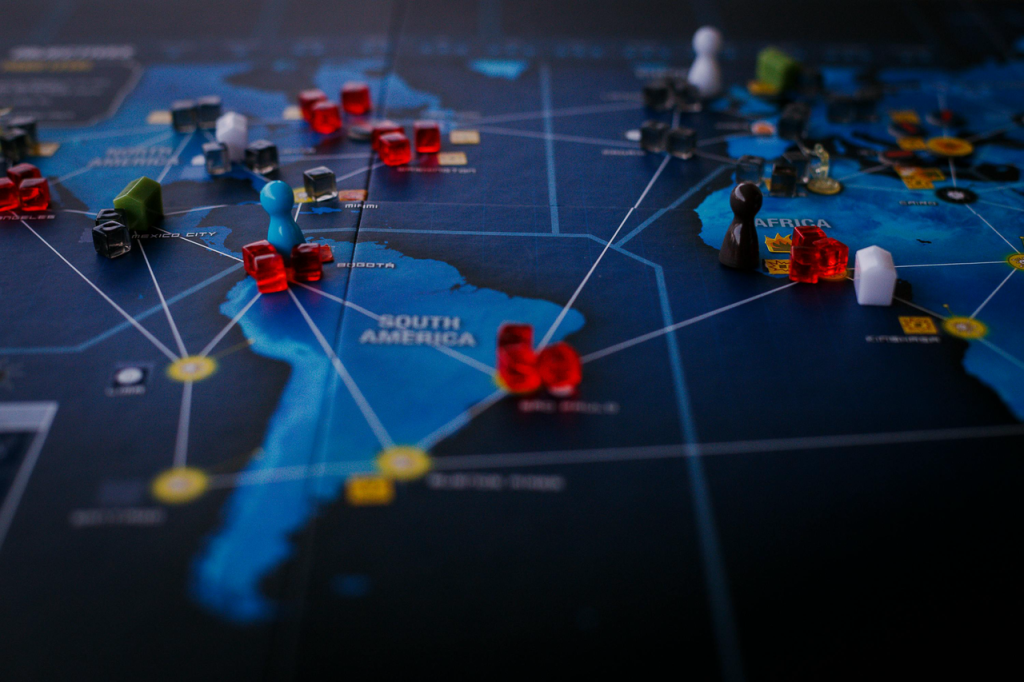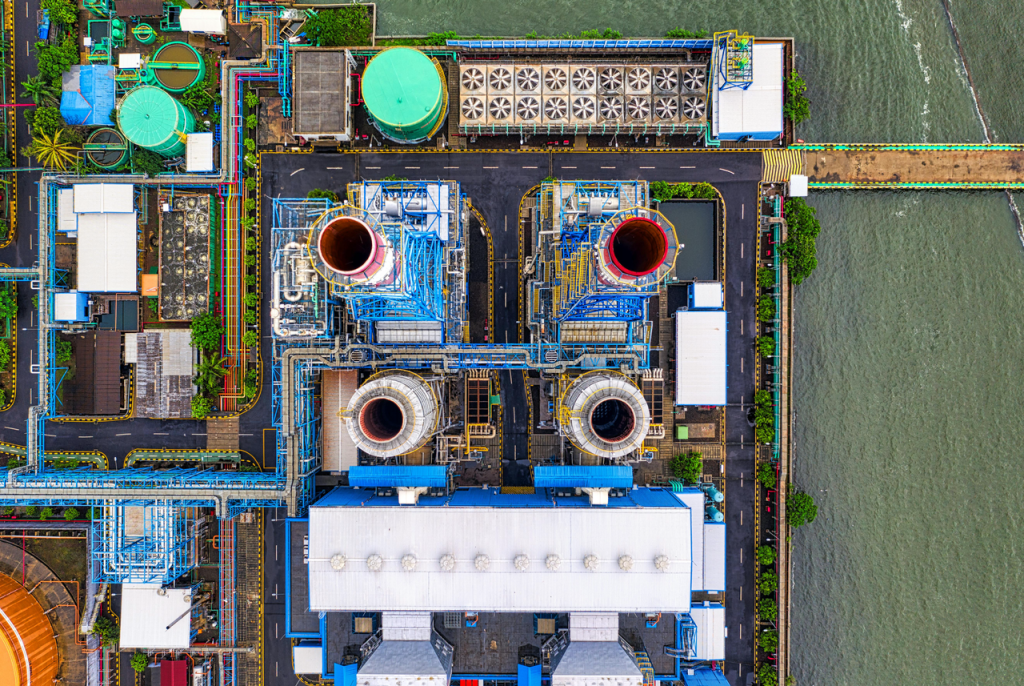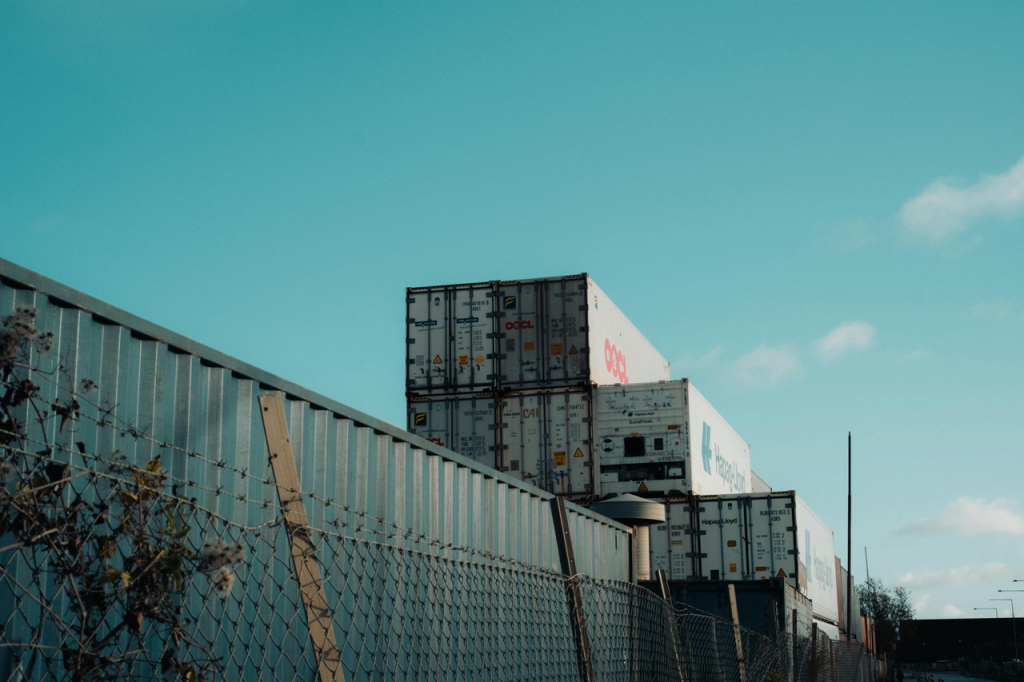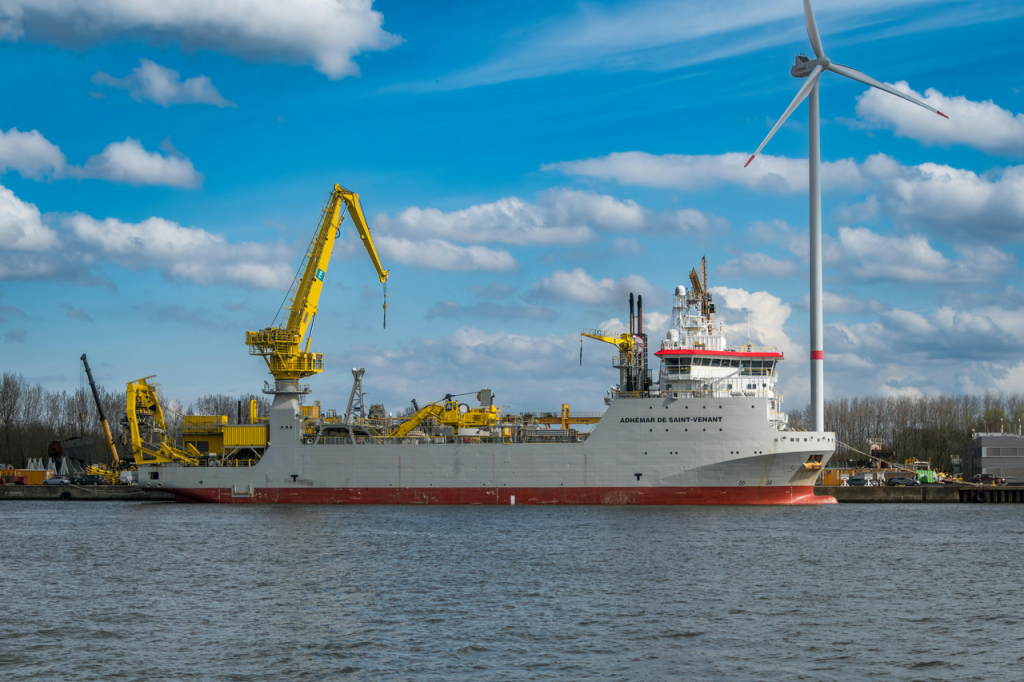Global trade is the lifeblood of the modern economy, connecting markets, industries, and consumers across the world. At the heart of this interconnected system are import and export services, which facilitate the movement of goods, resources, and technologies. The Ambani Group, a global leader in trade dynamics solutions, plays a pivotal role in shaping global trade through its efficient import and export practices and logistics expertise.
This article explores how the Ambani Group contributes to global trade dynamics, the challenges it addresses, and the innovative solutions it employs to ensure seamless and sustainable trade operations.
The Importance of Import and Export in Global Trade
Import and export are foundational to global trade and have widespread effects on economies, societies, and industries worldwide. As countries participate in international trade, they enjoy several benefits that are vital to their overall development. These benefits include economic growth, technological and cultural exchanges, and resource optimization. Let’s break down the importance of import and export in global trade.
1. Economic Growth
Access to Global Markets International trade expands market access, enabling businesses to reach larger customer bases, drive revenue, and foster innovation. For example, countries like China, Germany, and the U.S. have boosted their economies through exports. In 2021, global trade value exceeded $25 trillion (WTO, 2022).
Resource Optimization Import and export ensure efficient resource allocation. Countries import what they lack (e.g., oil, machinery) and export surplus goods, maximizing resource use and reducing waste. For instance, Saudi Arabia exports oil while importing technology for diversification (International Trade Administration, 2022).

2. Technological Exchange
Innovation and Development Trade drives technological exchange, enabling countries to access advanced technologies. Developed nations like the U.S., Japan, and Germany export high-tech products (e.g., electronics, machinery) while importing labor-intensive goods, spreading innovation globally. For example, mobile and internet technologies have transformed communication and education in developing countries (OECD, 2020).
Local Industry Growth Trade fosters the development of new industries. Countries like South Korea and China have built robust tech sectors by importing, adapting, and exporting foreign technologies (Kim & Lee, 2021).

3. Cultural Exchange
Global Connectivity Trade fosters cultural exchange by spreading ideas, values, and practices across borders. For example, Japanese sushi and Italian pasta have become global culinary staples, while Hollywood movies are enjoyed worldwide.
Knowledge Sharing and Diplomacy Trade agreements and relationships promote the sharing of knowledge and social norms. For instance, Japan adopted U.S. industrial practices in the mid-20th century, contributing to its rapid growth (Hasegawa, 2021). Additionally, trade encourages diplomatic relations and peace-building efforts, fostering global stability.

Challenges in Global Import and Export
While global trade offers numerous benefits, it is not without its challenges. These obstacles can disrupt supply chains, increase operational costs, and create significant risks for businesses engaged in international trade. Some of the most prominent challenges in global import and export include logistical complexities, regulatory compliance issues, and supply chain disruptions.
1. Logistical Complexities
Transportation Delays Shipping goods across borders via ships, trucks, trains, or airplanes faces delays due to weather, natural disasters, and geopolitical tensions. For example, the 2021 Suez Canal blockage disrupted billions in trade (Khan, 2021). Port congestion and container shortages further exacerbate delays, increasing costs and disrupting supply chains (World Bank, 2021).
Customs Clearance Complex and varying customs regulations across countries delay shipments and raise costs. Inaccurate documentation can lead to fines, rejections, or delays. Inefficient customs processes are a major barrier to trade, especially for developing nations (ICC, 2020).
2. Regulatory Compliance
Trade Restrictions Tariffs, sanctions, and trade barriers hinder the flow of goods, often for political or economic reasons. For example, the U.S.-China trade war increased tariffs, disrupting global supply chains and raising consumer prices (Bown, 2021). Trade sanctions also create market volatility by blocking exports to certain countries.
Environmental Regulations Stricter environmental laws, like the EU’s Green Deal, impose standards on imported goods, increasing operational complexity and costs. Companies must invest in sustainable practices, such as eco-friendly packaging or renewable energy, to avoid penalties and reputational damage (European Commission, 2020).
3. Supply Chain Disruptions
Geopolitical Instability Conflicts, wars, and political tensions disrupt trade routes, delay shipments, and damage infrastructure. For example, the Ukraine conflict has disrupted energy and agricultural supplies, while Middle East instability has impacted oil shipments (UNCTAD, 2021). Tensions between major economies, like the U.S. and China, also create market volatility and long-term risks.
Pandemics and Natural Disasters The COVID-19 pandemic caused widespread supply chain disruptions due to lockdowns, labor shortages, and fluctuating demand (UNCTAD, 2020). Natural disasters, such as Japan’s 2011 earthquake and tsunami, can halt production and delay shipments, affecting industries like automotive and electronics (Kimura, 2011).
Ambani Group’s Role in Global Trade Dynamics
The Ambani Group is addressing these challenges through its efficient trade practices and logistics expertise, ensuring seamless import and export operations.
- Advanced Logistics Solutions
The group leverages cutting-edge technologies to optimize its global import and export services.
- AI and Predictive Analytics AI-powered tools analyze data to predict demand, optimize routes, and reduce transportation delays.
- Impact: Reduces lead times by 20% and improves delivery accuracy.
- IoT-Enabled Tracking IoT sensors provide real-time tracking of shipments, ensuring transparency and reducing the risk of delays.
- Impact: Enhances supply chain visibility and reduces losses due to theft or damage.

- Sustainable Trade Practices
The group is committed to reducing the environmental impact of its trade operations through eco-friendly practices.
- Green Transportation The group is transitioning to low-emission vehicles and optimizing routes to reduce fuel consumption.
- Impact: Cuts carbon emissions by 15% annually.
- Waste Reduction The group implements recycling programs and waste management systems to minimize environmental impact.
- Impact: Diverts 500,000 tons of waste from landfills annually.
- Strategic Partnerships and Infrastructure
The group is building strategic partnerships and investing in infrastructure to overcome logistical bottlenecks.
- Port Optimization: The group has partnered with major ports to streamline loading and unloading processes, reducing congestion and delays.
- Impact: Improves turnaround time by 25%.
- Warehousing Networks: The group operates state-of-the-art warehouses globally, ensuring efficient storage and distribution of goods.
- Impact: Reduces storage costs by 30%.
- Regulatory Compliance and Risk Management
The group proactively addresses regulatory challenges and mitigates risks through robust compliance programs.
- Compliance Automation: The group uses automated systems to ensure adherence to trade and environmental regulations.
- Impact: Reduces compliance-related delays by 40%.
- Risk Mitigation Strategies: The group employs predictive analytics to identify and mitigate potential risks, such as geopolitical disruptions or supply shortages.
- Impact: Ensures uninterrupted trade operations.
The Future of Global Trade Dynamics
Global trade is undergoing a significant transformation, driven by technological advancements, the expansion of trade networks, and a growing focus on sustainability. These trends are reshaping supply chains, broadening market access, and ensuring long-term environmental and economic resilience.
1. Digital Transformation in Global Trade
The digital revolution is revolutionizing global trade, offering new tools to optimize operations and reduce costs.
- AI and Machine Learning: AI enables businesses to predict demand, streamline operations, and make data-driven decisions. For example, AI tools analyze real-time data to forecast trends and optimize inventory, improving agility and responsiveness (McKinsey, 2020).
- IoT (Internet of Things): IoT connects physical devices, providing real-time tracking of shipments and monitoring environmental conditions like temperature or humidity. This enhances logistics planning and reduces costs by up to 15% (PwC, 2020).
- Blockchain: Blockchain technology ensures transparency and security in trade transactions. It creates an immutable ledger for tracking goods across borders, reducing fraud and streamlining customs processes. The World Economic Forum estimates blockchain could save $1 trillion annually by improving supply chain efficiency (WEF, 2020).

2. Global Expansion of Trade Networks
Globalization is expanding trade networks, creating opportunities for businesses to access new markets and diversify supply chains.
- E-commerce Platforms: Online marketplaces like Amazon, Alibaba, and eBay have broken down traditional trade barriers, enabling businesses of all sizes to reach global consumers. In 2020, global e-commerce sales reached $4.28 trillion, with continued growth expected (Statista, 2021).
- Trade Agreements: Regional agreements like the CPTPP (Comprehensive and Progressive Agreement for Trans-Pacific Partnership) and AfCFTA (African Continental Free Trade Area) are reducing tariffs and simplifying customs procedures. These agreements are opening new trade routes, particularly in emerging economies (UNCTAD, 2020).
- Diversification of Supply Chains: Businesses are reducing reliance on single markets or regions, creating more resilient and flexible supply chains. This strategy mitigates risks and taps into new suppliers and consumers.

3. Sustainability Initiatives in Global Trade
Sustainability is becoming a central focus in global trade, driven by regulatory pressures and consumer demand for eco-friendly practices.
- Renewable Energy: Companies are investing in renewable energy sources like wind, solar, and hydropower to reduce carbon emissions. For example, Amazon and IKEA have committed to using 100% renewable energy in their operations (Amazon, 2020).
- Green Logistics: The shipping industry, a major contributor to global emissions, is adopting cleaner technologies. The International Maritime Organization (IMO) aims to cut shipping emissions by 50% by 2050 through eco-friendly ships and alternative fuels (IMO, 2020).
- Circular Economy: Businesses are adopting circular economy principles, such as recycling and reusing materials, to minimize waste. This approach could generate $4.5 trillion in economic opportunities by 2030 (Ellen MacArthur Foundation, 2020).

Conclusion
The Ambani Group is redefining global trade dynamics through its efficient import and export services and logistics expertise. By addressing challenges like logistical bottlenecks, regulatory compliance, and sustainability concerns, the group is ensuring a more efficient, reliable, and eco-friendly global trade ecosystem.
As the world continues to evolve, the Ambani Group’s trade dynamics solutions will play a crucial role in shaping the future of global trade.
References
- World Trade Organization (WTO). (2022). Global Trade Report.
https://www.wto.org/english/res_e/publications_e/global_trade_report22_e.htm - International Trade Administration. (2022). Trade Statistics.
https://www.trade.gov/trade-statistics - Khan, S. (2021). Suez Canal Blockage: Impact on Global Trade.
https://www.bbc.com/news/business-56559073 - World Bank. (2021). Global Shipping Industry Report.
https://www.worldbank.org/en/topic/transport/publications/global-shipping-industry-report - International Chamber of Commerce (ICC). (2020). Barriers to International Trade.
https://iccwbo.org/publication/barriers-to-international-trade/ - Bown, C. (2021). U.S.-China Trade War: Tariffs and Supply Chain Disruptions.
https://www.piie.com/research/piie-charts/us-china-trade-war-tariffs-and-supply-chain-disruptions - European Commission. (2020). EU Green Deal.
https://ec.europa.eu/info/strategy/priorities-2019-2024/european-green-deal_en - UNCTAD. (2021). Geopolitical Instability and Trade Disruptions.
https://unctad.org/publication/geopolitical-instability-and-trade-disruptions - UNCTAD. (2020). COVID-19 Impact on Global Trade.
https://unctad.org/publication/covid-19-impact-global-trade - Kimura, F. (2011). Japan Earthquake and Tsunami: Supply Chain Disruptions.
https://www.adb.org/publications/japan-earthquake-and-tsunami-supply-chain-disruptions - McKinsey. (2020). AI and Machine Learning in Global Trade.
https://www.mckinsey.com/business-functions/mckinsey-digital/our-insights/ai-and-machine-learning-in-global-trade - PwC. (2020). IoT in Logistics: Cost Reduction Potential.
https://www.pwc.com/gx/en/industries/transportation-logistics/publications/iot-in-logistics.html - World Economic Forum (WEF). (2020). Blockchain in Global Trade.
https://www.weforum.org/reports/blockchain-in-global-trade - Statista. (2021). Global E-commerce Sales Report.
https://www.statista.com/statistics/379046/worldwide-retail-e-commerce-sales/ - Amazon. (2020). Renewable Energy Commitments.
https://sustainability.aboutamazon.com/environment/sustainable-operations/renewable-energy - International Maritime Organization (IMO). (2020). Shipping Emissions Reduction Targets.
https://www.imo.org/en/MediaCentre/HotTopics/Pages/Reducing-greenhouse-gas-emissions-from-ships.aspx - Ellen MacArthur Foundation. (2020). Circular Economy Report.
https://ellenmacarthurfoundation.org/topics/circular-economy-introduction/overview